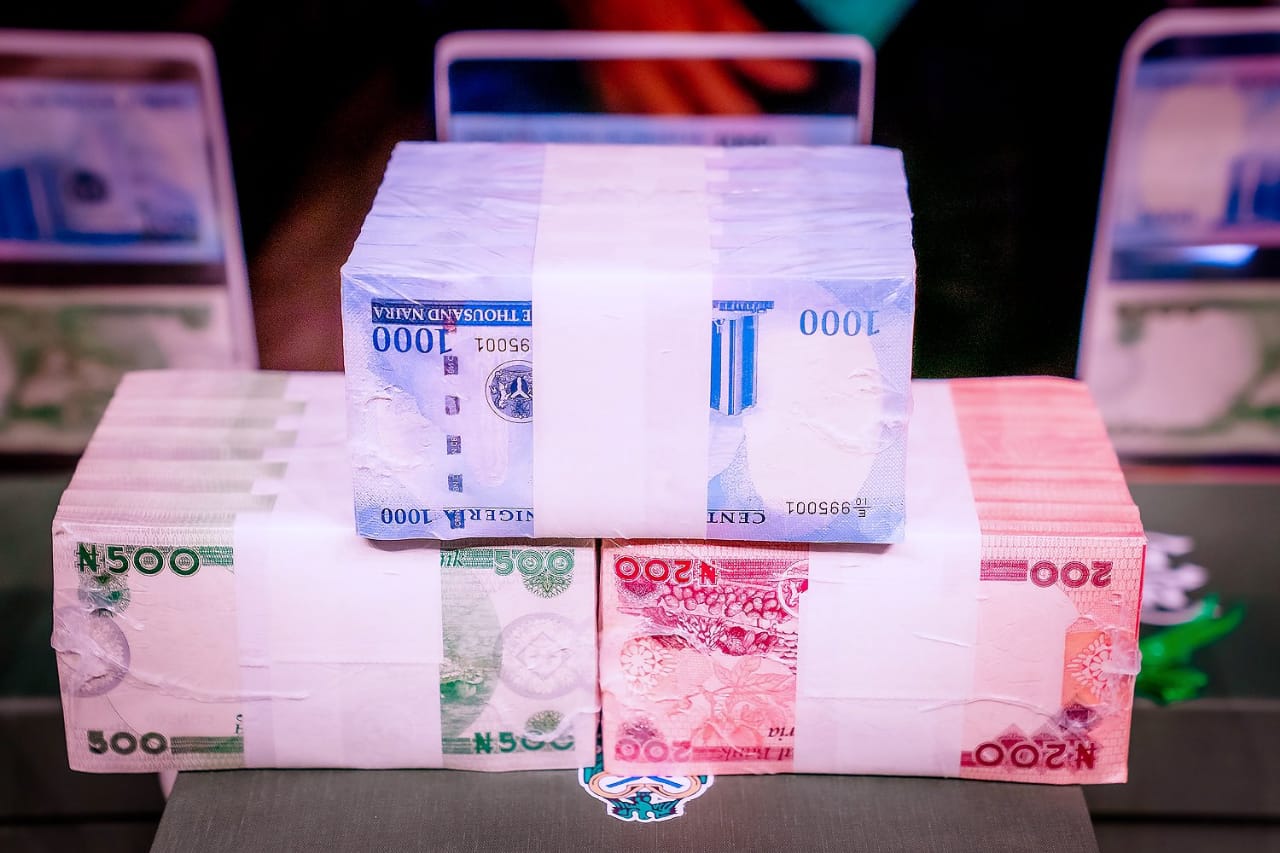
It cost the Central Bank of Nigeria and its subsidiary about N74.84bn to produce and roll out currencies, including new naira notes, in 2022.
Despite the scarcity of naira that plagued the country in the latter months of 2022, the CBN spent 40.42 per cent more than the N53.29bn it spent in the preceding year, to rollout currencies.
According to the apex’s bank recently released financial statements, the CBN spent N29.65bn on currency issue expenses in 2022, a 94.66 per cent increase from the N15.23bn it spent in 2021.
Defining currency issue expenses, the bank said, “Currency issue expenses relates to expenses incurred in relation to the printing, processing, distribution, and disposal of currency notes. This is recognised at cost when incurred.”
The cost of sale which equates to the expenses incurred by one of the subsidiaries (the Nigerian Security Printing and Minting Plc in this case) in respect of the production of currency notes and coins was N45.19bn in 2022, an 18.72 per cent increase from the N38.07bn it was in 2021.
It added, “They include cost of raw materials, employee benefit expenses relating to production staff, electricity and diesel expenses, depreciation and repairs and maintenance.”
In 2022, the total amount in circulation was N3.01tn, a 9.47 per cent decline from the N3.32tn that was in circulation in 2021. In 2020, the total cost incurred on printing of bank notes was N58.62bn, a 28.83 per cent decrease from the N75.52bn that was recorded in 2019 according to the bank’s ‘2020 Currency Report.’
In October 2022, the suspended Governor of the CBN, Godwin Emefiele, announced that the bank would release re-designed naira notes by December 15, 2022, and certain denominations of the existing notes would cease to be legal tender by January 31, 2023.
This move led to a cash crunch plague that lasted for months and negatively affected the economy.





